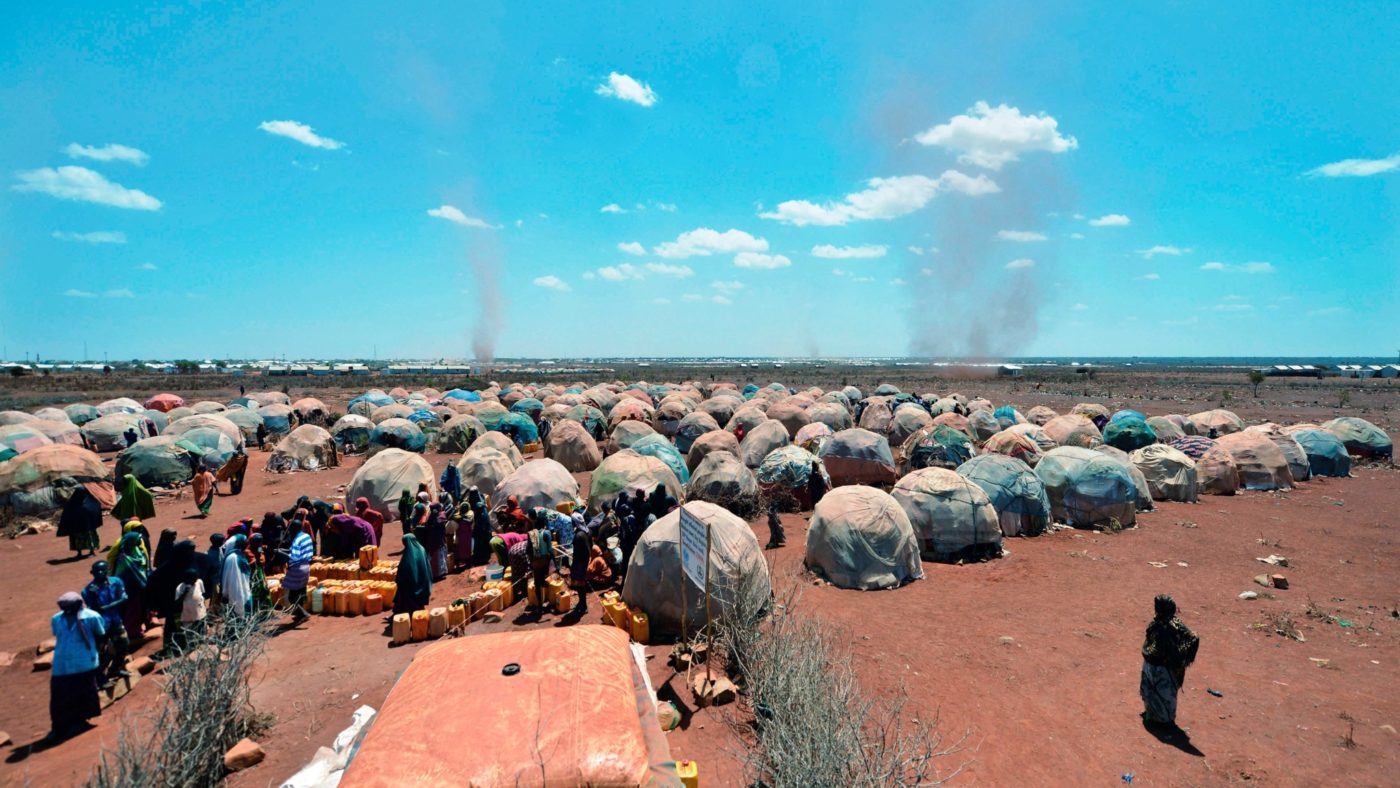The arrival of Comic Relief last week brought a volley of complaints – not least from Ian Birrell on CapX – about how it portrays African poverty. Critics argue that such appeals tend to promote short-term aid fixes of limited value, when the best kind of development work is that which addresses the structural causes of poverty – such as creating decent jobs and tackling corruption – rather than simply spraying money around.
Consider the famine currently unfolding in East Africa. Over the past few weeks, not least during Comic Relief itself, the great and the good have been popping up asking for money to help the 16 million people on the brink of starvation. This is the work of the Disasters Emergency Committee, which swings into action when a humanitarian crisis gets to the DEFCON 1 level of desperation.
What’s happening in East Africa is a genuine humanitarian crisis. But much of the suffering across Kenya, South Sudan, Ethiopia and Somalia could have been averted with some savvy spending ahead of time. Because for every $1 we spend on preparing for such disasters, we save $7 in dealing with the consequences. Such is the state of the humanitarian system, however, that we currently end up having to spend the reactive $7 more often than the proactive $1.
It’s like firefighting. Once the house is on fire, you need to send for a team of firefighters to save what they can; far better to have a fire safety officer make sure blazes didn’t break out in the first place. The former UN chief Ban Ki-moon has estimated that “six billion dollars allocated each year can result in savings of up to $360 billion by 2030”.
Currently the world only spends 1 per cent of humanitarian aid on disaster risk management. And the little that is being done is already bearing fruit. In East Asia and the Pacific, the risks of dying from floods and cyclones have decreased by two thirds since 1980.
The clearest example of this was probably the Haitian earthquake of 2010, which killed 230,000 people and led to one of the most expensive emergency responses in history. Six weeks later, an earthquake 500 times stronger hit Chile. But you’d be forgiven for not remembering that one, because it only killed 525 people.
As a middle-income country, Chile was much better prepared than less developed Haiti. It had quake-proof building regulations, better infrastructure and local people knew what to do and where to go should an earthquake strike.
The cruelty of such disasters is that they disproportionately affect the poor, holding them back from the economic development which would allow them to become more resilient. How do you make any progress towards prosperity if you are constantly having to recover from disasters?
In Kenya at the moment, where higher temperatures and reduced or erratic rainfall have pushed pastoralists to the brink, local aid workers are saying that although the situation is dire, disaster prevention work has bought them some time. The measures implemented have included making better use of local water resources, setting up early warning systems by using mobile phones, and encouraging herdsmen to bank profits from fattened livestock if drought is predicted, rather than letting them perish and losing all their value.
As the saying goes, the only free lunch in investment is diversification. Like a good stock portfolio surviving a bear market, livestock diversification can help a farmer keep lunch on the table during a drought. Ensuring cattle, goats and sheep are complemented by hardier camels and chickens which require less water and different food can increase the odds of survival.
These simple, cost-effective interventions promote development, toughen up communities and keep famine from the door. It is why nations would be better off using their humanitarian aid budgets more effectively by spending more than a measly 1 per cent of them on reducing the worst ravages of disaster. Getting that figure to 10 per cent would be a start.
Sometimes there’s no alternative to a DEC Appeal, such is the extent of the crisis. But the long-term message needs to be that prevention is better than cure.


